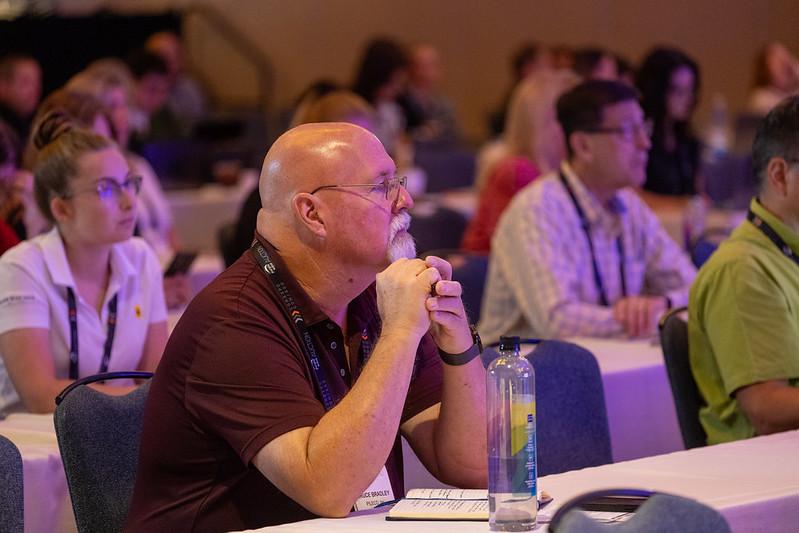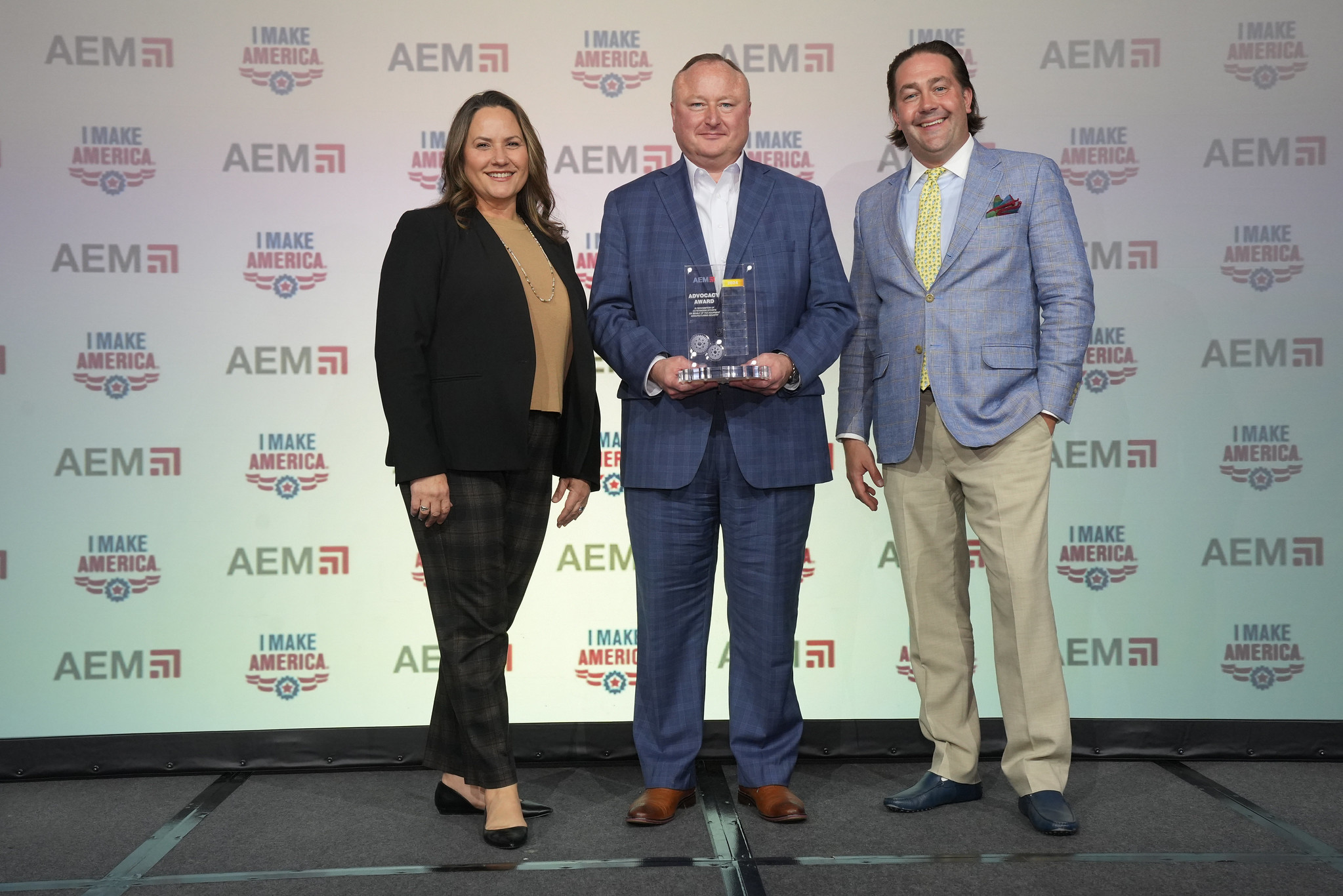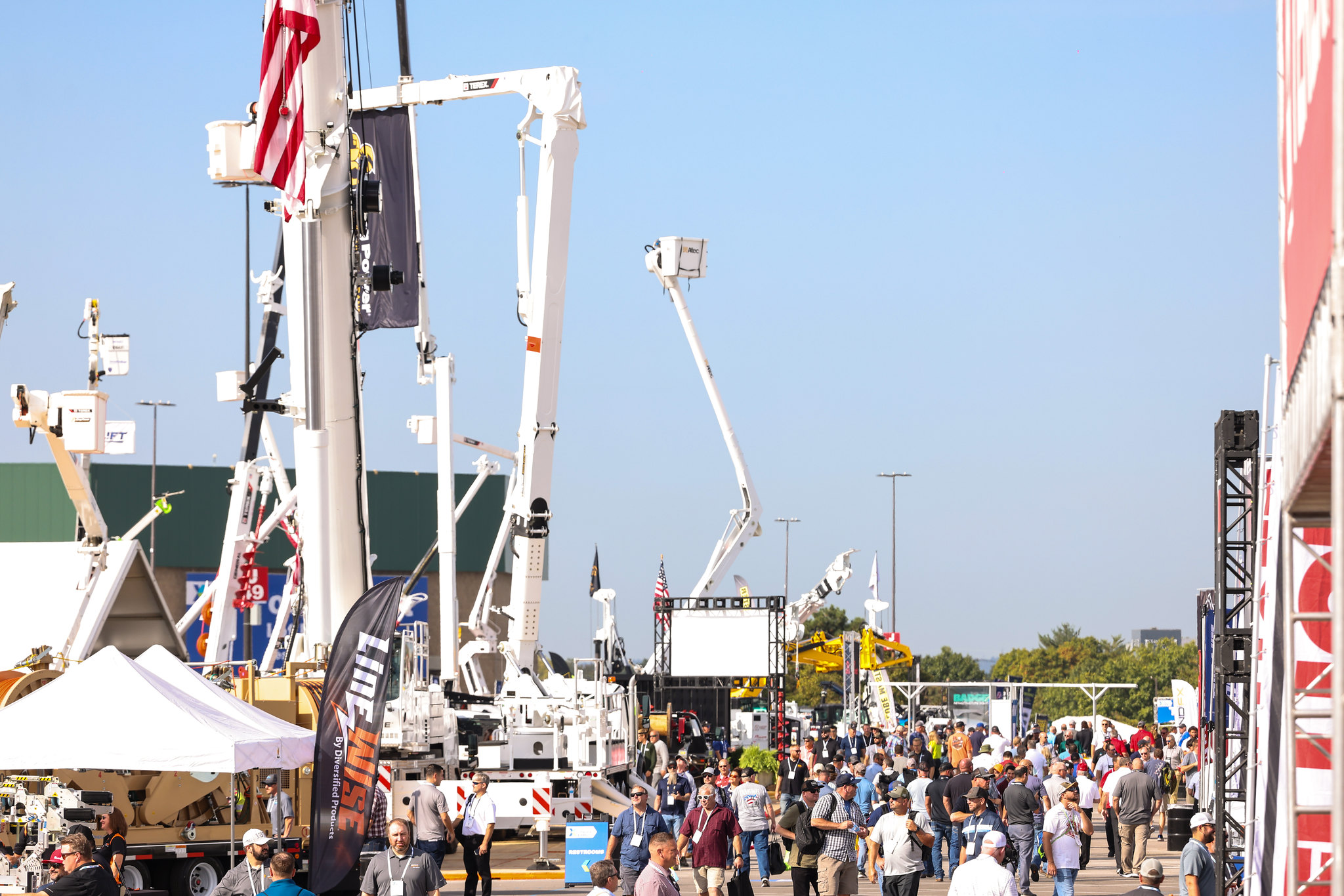By Sandra Mason, APR, AEM Director of Public Relations —
In today's digital landscape, the relationship between owned and earned media has grown significantly complex.
Owned media refers to the content and communication channels that a brand directly manages, encompassing platforms like social media, website content, newsletters and various other promotional materials. Conversely, earned media encompasses the attention and endorsements garnered through external sources, primarily from journalists and media outlets who independently cover the brand, resulting in increased exposure and third-party validation. There is an intertwined relationship opportunity between owned and earned media that underscores the critical partnership between a brand's controlled messaging and its reputation-building efforts through external recognition.
The bridge between owned and earned media centers around the content you create. Producing engaging and shareable content on your owned media platforms serves as a key driver for earning media coverage. For instance, publishing thought-provoking blog posts, insightful videos, or interactive infographics can initiate meaningful discussions. This content not only resonates with subscribers on your channels, but it can also capture the interest of journalists, bloggers and influencers, making them more likely to feature your brand in their stories or conversations. This synergy underscores why investing time and effort in creating your own content is invaluable, as it not only strengthens your brand's online presence but also opens doors to wider recognition and coverage within your industry.
But how?
1. Identify Topics That Resonate:
Before diving into content creation, pinpoint your target audience and their preferences. Tailoring your owned media content to resonate with your audience's interests and pain points increases the likelihood of them engaging with and sharing your content. This engagement can serve as a springboard for wider coverage by media outlets. After all, you never know who might be reading that LinkedIn post.
For example, a recent article about industry workforce challenges in the AEM Industry Advisor newsletter was also shared on AEM’s social media platforms, generating multiple inquiries from media looking to interview our subject matter expert for their stories on similar topics.
2. Develop an Ongoing Content Calendar:
Creating a content calendar provides a structured roadmap for consistent and strategic messaging. It also allows for better coordination and visibility across teams, ensuring that efforts are focused on delivering valuable and shareable content to attract the interest of all targeted audiences.
What is a content calendar, and why do you need one?
A content calendar is a plan for articles in the form of a shared document. It can be a spreadsheet, a word document or a monthly calendar detailing the content your brand’s owned and earned teams will be publishing for weeks or months in advance. This provides an overview of the schedule and deadlines and project details for the entire team.
Creating a content calendar helps the team maintain a consistent production schedule, helps generate new ideas and encourages accountability.
3. Sharing Your Expertise:
Stories lie at the core of media coverage, and sharing your expertise through narratives can be exceptionally impactful. By skillfully crafting stories that align with your brand's values and target audience pain points, you not only convey your message effectively but also provide a distinctive perspective. A well-told story with a unique angle possesses the potential to capture attention and engage your audience, making your content more shareable across various platforms. This increased shareability significantly enhances the likelihood of your story being noticed and potentially picked up by the media, allowing you to leverage your expertise to its fullest extent and gain valuable exposure.
4. Actively Pitch Your Content:
But don't wait for the media to come to you. Proactively pitch your owned media content to relevant journalists and bloggers. Craft concise and personalized pitches that highlight the value your content brings to their audience. By demonstrating how your content aligns with their interests, you increase the chances of them covering your story. And remember that content calendar. Maintaining a steady flow of relevant content increases the chances of capturing media attention.
5. Evaluate Your Results:
Measuring and evaluating the results of your owned and earned media efforts is important for several reasons. First, it provides you with concrete data and insights into the effectiveness of your content strategies, helping you understand what's working and where improvements can be made. This information empowers you to make informed decisions, tweaking topics and content where needed. Second, it allows you to demonstrate the return on investment (ROI) to stakeholders, showcasing the value of your initiatives. Finally, by tracking metrics like engagement and reach, you can refine your content and media outreach strategies to resonate with your target audience.
Ultimately, the ability to measure and evaluate your owned and earned media results enhances your decision-making, but also enables you to adapt and evolve, ensuring the continued growth and success of your brand.
The Result: Seamless Brand Narrative
In today's digital landscape, the collaboration between owned and earned media at a brand is vital. When these two teams work together effectively, it's a win-win situation. Owned media forms the foundation upon which ongoing earned media coverage can thrive. By crafting top-notch, engaging content, fostering audience engagement and crafting strategic partnerships, you create a ripple effect that can capture the attention of media professionals. This synergy allows for a seamless brand narrative, bridging the gap between internal content and external audience resonance. Conversely, owned media initiatives can generate valuable content that attracts earned media attention. This collaboration enhances brand visibility, credibility and ultimately drives engagement and growth, illustrating the symbiotic relationship that powers a brand's success.
Sandra Mason is AEM’s Director of Public Relations. She will be sharing more of her insights on B2B public relations during the PRSA Midwest District Conference, Sept. 20-22, 2023, in West Des Moines, Iowa.
For more perspectives from AEM staff, subscribe to the AEM Industry Advisor.





